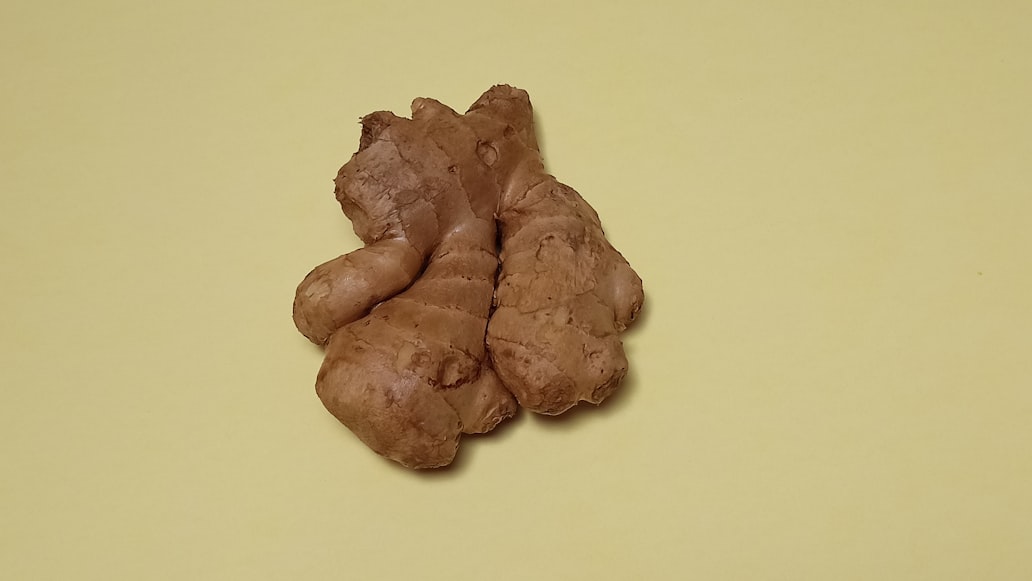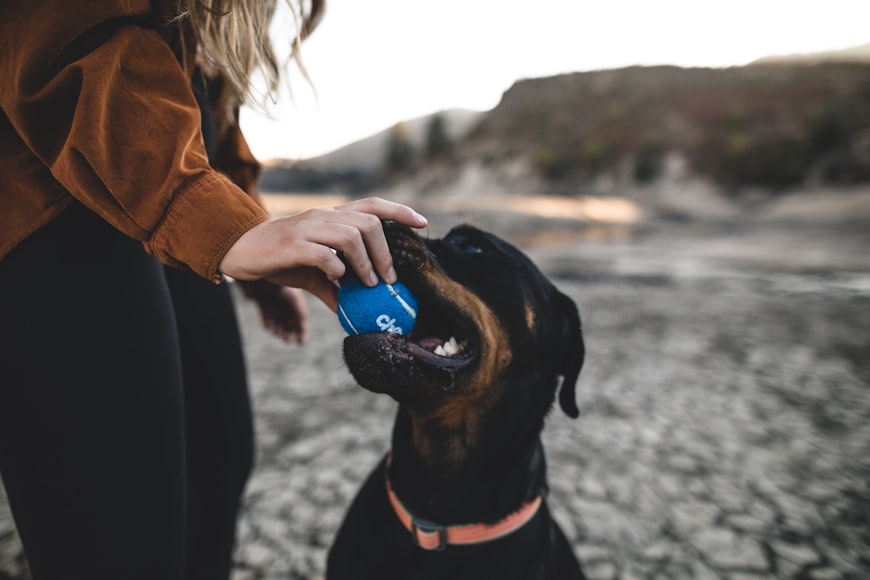II. Potential Benefits of a Raw Diet

When considering a raw diet for dogs, it’s crucial to be aware of its potential benefits and drawbacks. Here are some of the reported advantages of a raw diet:
1. Improved Digestion:
Raw diets are often rich in enzymes and probiotics that aid in digestion. The enzymes help break down food, while probiotics support a healthy gut microbiome, which plays a vital role in digestive health.
2. Increased Energy Levels:
Many proponents of raw diets believe that it provides dogs with more bioavailable nutrients, which can lead to increased energy. Raw meat and organs contain high levels of essential vitamins, minerals, and amino acids that may boost a dog’s overall vitality.
3. Healthier Skin and Coat:
Raw diets often include fresh vegetables and fruits that are high in antioxidants and omega fatty acids. These nutrients contribute to healthy skin and a shiny, lustrous coat by nourishing the dog’s skin cells and reducing inflammation.
Note: It’s important to emphasize that these benefits are not universally accepted or scientifically proven. While some dogs may experience these positive effects on a raw diet, it’s not guaranteed for all dogs. Moreover, a raw diet must be carefully balanced and prepared to ensure nutritional adequacy and avoid potential health risks.
III. Potential Risks of a Raw Diet

While a raw diet can offer several benefits, it’s essential to be aware of its potential risks before considering implementing it for your pet.
1. Bacterial Contamination
Raw meat and organs can carry harmful bacteria such as Salmonella, E. coli, and Listeria. These bacteria can cause foodborne illnesses in both dogs and humans. The risk of contamination is higher in raw meat from animals that have not been raised in sanitary conditions or have been slaughtered improperly.
2. Nutritional Imbalances
A raw diet may not provide dogs with a balanced nutritional profile. Raw meat is low in certain nutrients, such as calcium, vitamin D, and vitamin K, which are essential for a dog’s overall health. Feeding dogs an unbalanced diet can lead to health problems in the long run.
3. Bone Splinters
Raw bones are often included in raw diets as a source of calcium and other nutrients. However, raw bones can be brittle and sharp, and if not chewed properly, can splinter. These splinters can perforate a dog’s digestive tract or become lodged in their throat, posing a serious health risk.
Additional Considerations:
- Hygiene: Raw meat and organs must be handled with extreme care to prevent cross-contamination with other foods or surfaces.
- Storage: Raw meat and organs should be stored at or below 40°F (4°C) to inhibit bacterial growth.
- Transitioning: Dogs should be gradually transitioned to a raw diet over several weeks to minimize digestive upset.
- Monitoring: Dogs on a raw diet should be closely monitored for any signs of illness, such as vomiting, diarrhea, or lethargy.
Due to these potential risks, it’s crucial to consult with a veterinary nutritionist or veterinarian before implementing a raw diet for your dog. They can help you determine if a raw diet is appropriate for your pet and provide guidance on how to minimize the risks associated with it.
IV. Considerations for Feeding a Raw Diet

Embarking on a raw diet for your canine companion requires careful consideration of the following factors:
1. Sourcing High-Quality Meat
- Choose reputable suppliers: Ensure meat sources are inspected and certified to meet food safety standards.
- Variety of meats: Offer a variety of meats, such as chicken, beef, turkey, lamb, and fish, to provide a balanced nutrient profile.
- Freshness: Always use fresh, not frozen, meat. Frozen meat can degrade nutrients and reduce palatability.
2. Preparing the Diet Safely
- Handle meat properly: Wash your hands and surfaces thoroughly before and after handling raw meat.
- Grind bones: Bones should be ground into small pieces using a meat grinder or food processor to avoid splintering and potential choking hazards.
- Avoid hazardous foods: Certain foods, such as onions, garlic, grapes, and chocolate, are toxic to dogs and should be excluded from the raw diet.
3. Monitoring the Dog’s Health
- Regular veterinary check-ups: Schedule regular veterinary examinations to monitor the dog’s overall health and detect any potential health issues.
- Fecal testing: Conduct fecal exams regularly to check for parasites.
- Observing the dog’s behavior: Pay attention to the dog’s energy levels, appetite, and stool quality. Any changes may warrant veterinary consultation.
Additional Considerations:
- Time and effort: Preparing a raw diet requires more time and effort than feeding commercial kibble.
- Cost: Raw diets can be more expensive than kibble-based diets.
- Suitability: Not all dogs are suitable for a raw diet. Consult with a veterinarian to determine if a raw diet is appropriate for your pet.
By addressing these considerations responsibly, you can provide your dog with a nutritious and potentially beneficial raw diet while minimizing potential risks.
V. Comparison to Cooked Diets

Differences in Nutrient Composition
- Raw diets: Higher in moisture content, enzymes, and vitamins that can be destroyed by cooking (e.g., vitamin C).
- Cooked diets: Lower in moisture, typically have higher fat and protein content, and may have fewer vitamins due to heat loss.
Effects on Digestion
- Raw diets: Some studies suggest that raw diets may be easier to digest for dogs due to the presence of enzymes. However, this may vary depending on the individual dog’s digestive system.
- Cooked diets: Cooking can break down certain proteins and carbohydrates, making them potentially easier for dogs to digest.
Safety Concerns
- Raw diets: Carry a higher risk of foodborne illnesses due to potential bacterial contamination (e.g., Salmonella, E. coli). Proper handling and preparation is crucial.
- Cooked diets: Less likely to pose bacterial contamination risks, but overcooking can create harmful compounds (e.g., acrylamide) that may be linked to health issues.
Additional Considerations
- Dental Health: Raw diets can help promote dental health by requiring dogs to chew harder foods, which can remove tartar and plaque.
- Allergies: Raw diets may be beneficial for dogs with food allergies or sensitivities, as they eliminate common allergens found in processed foods.
- Training: Raw diets can be an excellent motivator for training as dogs find them highly palatable.
Conclusion
While both raw and cooked diets have their pros and cons, the best choice for your dog will depend on their individual needs and preferences. Consider consulting with your veterinarian to determine the most appropriate diet for your furry companion.
VII. Considerations for Specific Dogs
1. Age and Breed:
- Puppies: Raw diets can be risky for puppies under 12 weeks old due to their immature immune systems.
- Senior Dogs: Senior dogs may benefit from a raw diet that includes blended or cooked foods to accommodate any dental issues.
- Certain Breeds: Some breeds, such as Bulldogs, may have difficulty digesting raw bones and should have restricted consumption.
2. Health Conditions:
- Allergies: Raw diets can reveal or exacerbate food allergies. Monitor your dog closely and adjust the diet accordingly.
- Pancreatitis: Dogs with pancreatitis should avoid raw meat and organs, as they can be high in fat.
- Kidney Disease: Raw diets can increase phosphorus intake, which can be harmful for dogs with kidney disease.
- Cancer: Raw diets may be beneficial for dogs with certain types of cancer, but consultation with a veterinarian is essential.
3. Lifestyle:
- Activity Level: Active dogs may need higher protein and fat content in their diet.
- Availability of Time: Preparing and feeding a raw diet requires a significant amount of time and effort.
- Travel: Raw food can be difficult to transport and store when traveling with your dog.
Additional Considerations for Specific Dogs:
- Pregnant or Nursing Dogs: High-quality raw diets can support the increased nutritional needs during pregnancy and nursing.
- Dogs with Sensitive Stomachs: Introduce raw food gradually and monitor for any digestive upset.
- Dogs with a History of Parasites: Frozen raw food can kill many parasites, but it is still essential to practice good hygiene and deworm regularly.
VIII. Ethical Implications
VIII. Ethical Implications
The raw diet for dogs raises ethical concerns that extend beyond the health and well-being of the animal. These concerns involve animal welfare and environmental impact.
1. Animal Welfare
- Concerns: Consuming raw meat poses a risk of transmitting diseases and parasites to dogs, such as Salmonella, E. coli, and tapeworms.
- Arguments in favor: Proponents argue that wild dogs and wolves have consumed raw meat for millennia without any issues. They also believe that the commercial pet food industry exploits animals for profit.
- Considerations: While raw meat can be part of a dog’s natural diet, it must be handled and prepared safely to minimize the risk of disease transmission. Breeders and veterinarians should guide pet owners with proper handling techniques.
2. Environmental Impact
- Concerns: The production of meat for pets contributes to deforestation, greenhouse gas emissions, and water pollution.
- Arguments in favor: Proponents of the raw diet suggest that consuming less processed meat, such as chicken or pork, reduces the environmental impact.
- Considerations: It is important to consider the entire lifecycle of the meat used in the raw diet, including the feed, water, and energy required for farming, slaughter, and transportation. While it may have a lower environmental impact than highly processed pet foods, it still contributes to some degree.
Conclusion:
The ethical implications of the raw diet for dogs are complex and require careful consideration. While the diet may provide some potential health benefits, it also raises concerns about animal welfare and environmental impact. It is important for pet owners to weigh these factors carefully and make informed decisions based on the guidance of veterinarians and animal welfare experts.




















